香港逾2300個天橋底 空間大浪費?|Over 2300 locations beneath flyovers in Hong Kong gone to waste?
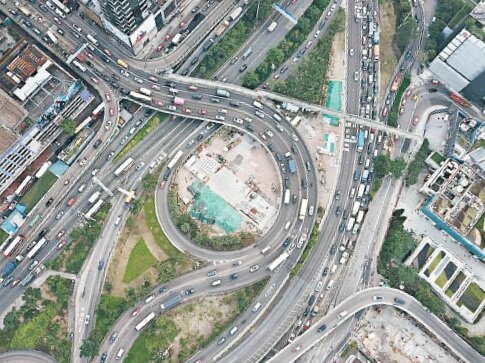
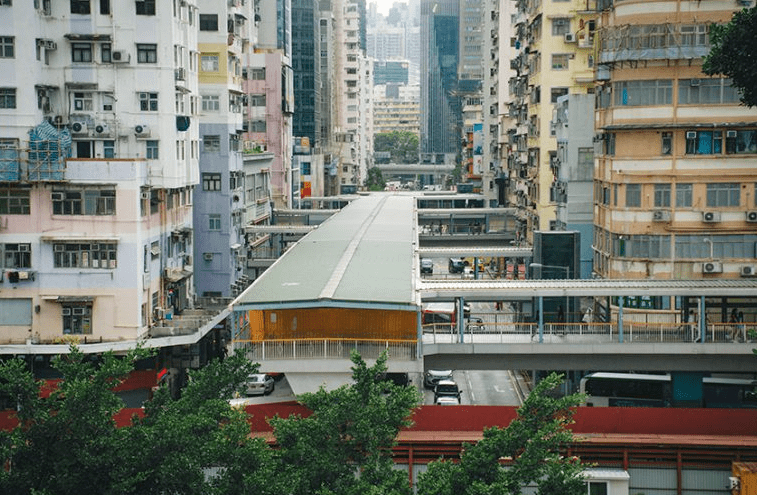

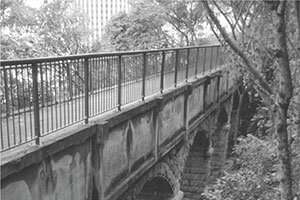
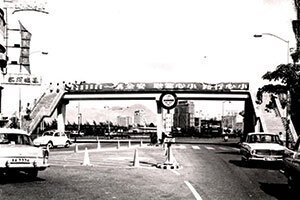

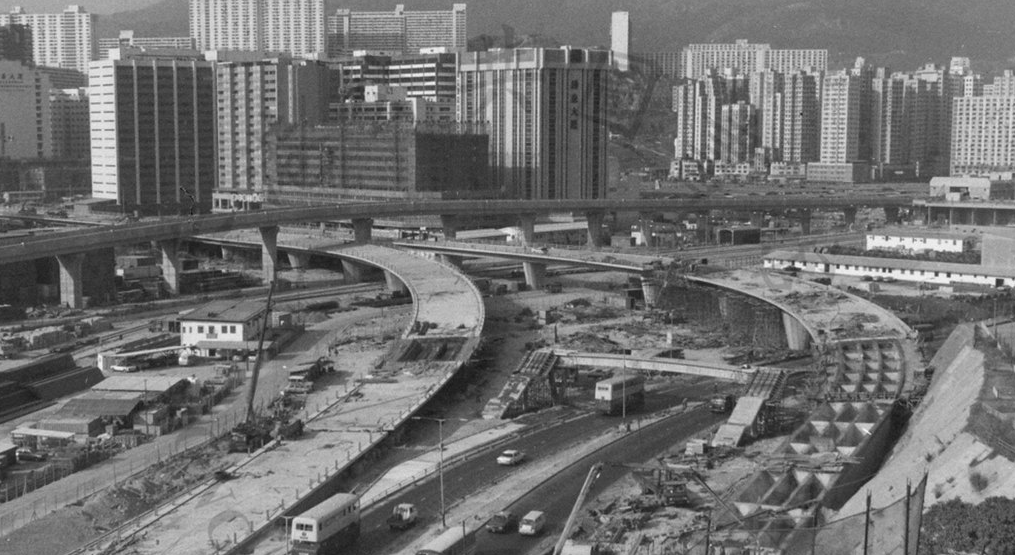
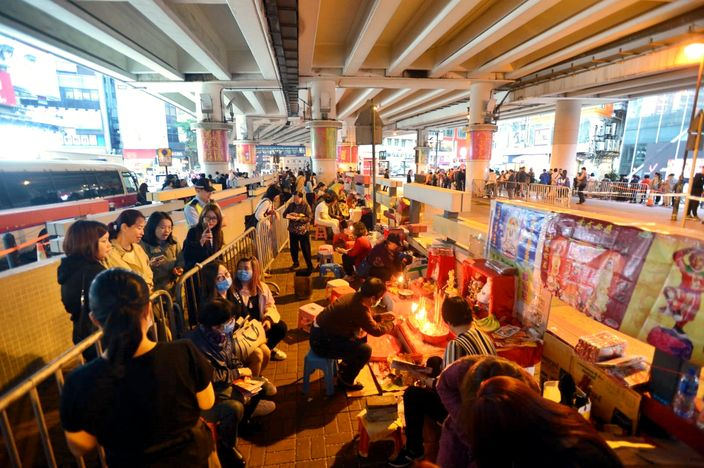
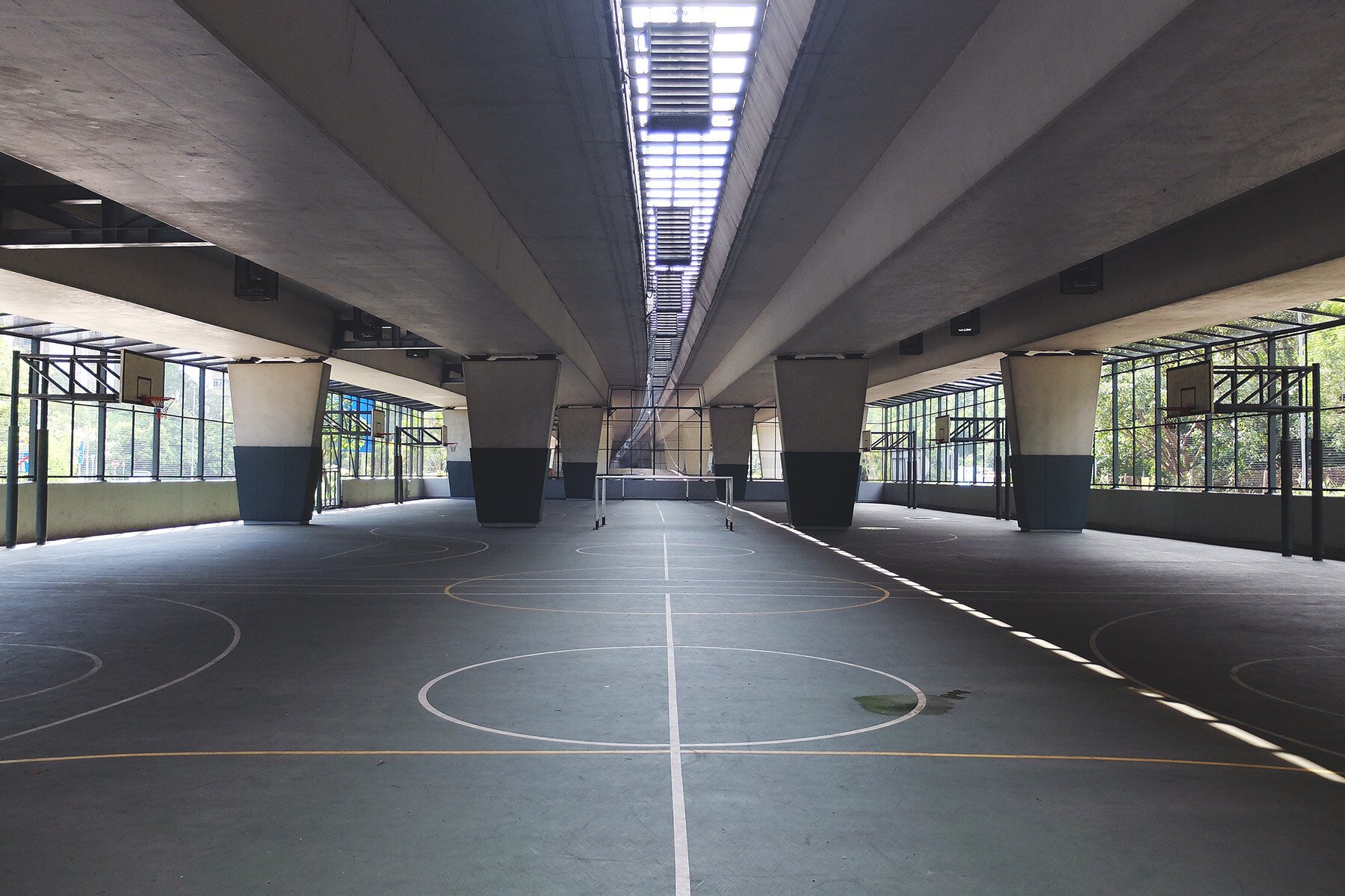
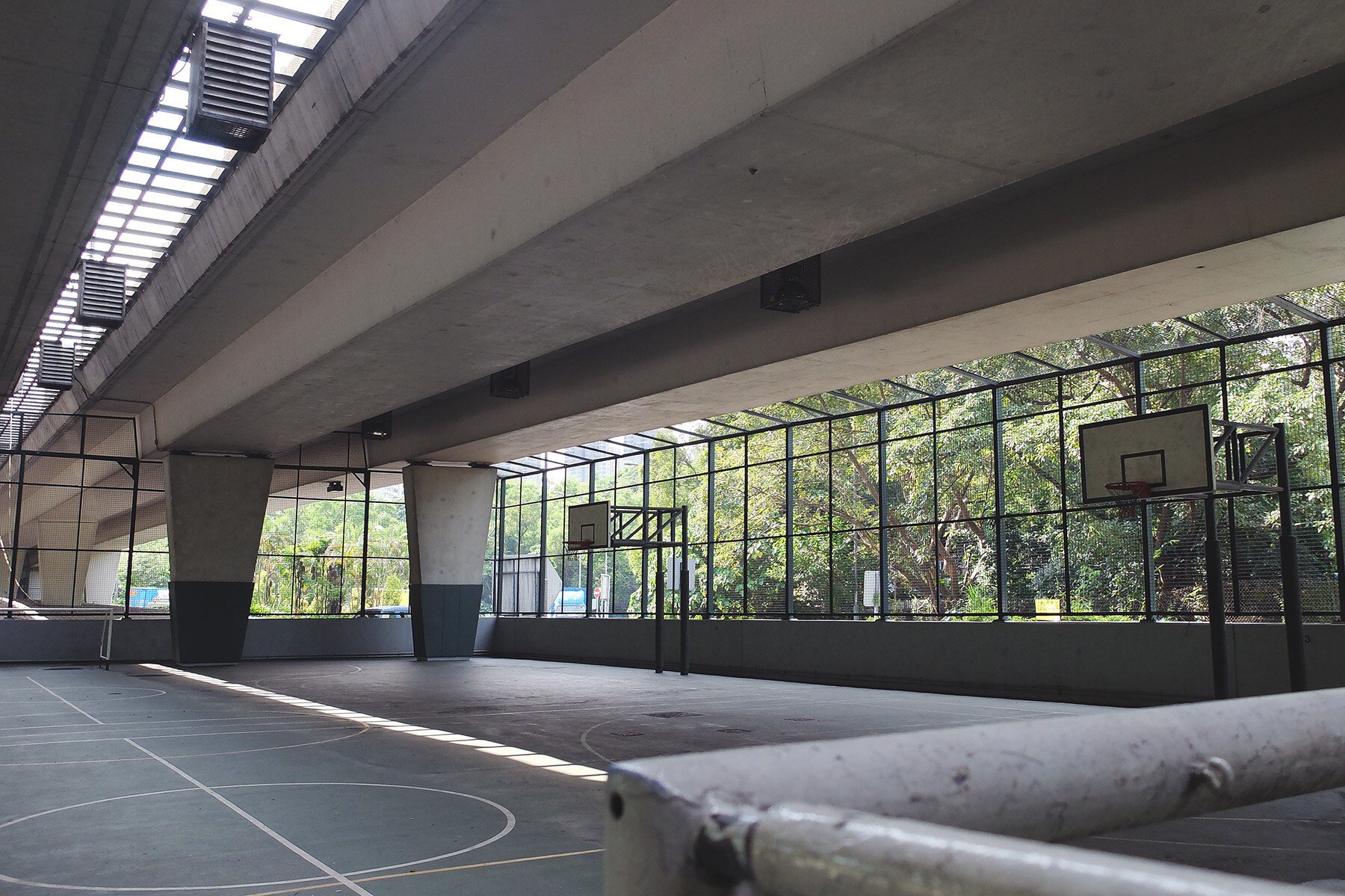
橋上,田田心急奔跑;橋下,阿牧獨自傷心──從電視劇《大叔的愛》看到,香港的橋上、橋底皆有精彩故事。根據路政署資料,全港共有2302座行人或道路橋 ,大概是新加坡的4倍。橋下有大海、馬路,當然還有大眾渴求的空間。
最老天橋 七十有九
香港早期的橋多數見於山坡、河溪,例如全港最老、建於1942年的寶雲道天橋,正是沿山坡興建,至今有79年歷史。六十年代,香港開始多橋,原因是人口膨脹、經濟飛躍,橋的重要性就由「連繫」變為「分隔」,從連繫山與河,變為人車分流:車在街道跑,人在橋上走。
天橋三管家:路政、地政、規劃署
天橋有三個管家:橋是路政署建的,負責設計、保養;橋底空間則歸地政總署及規劃署管理。盛夏不少人等過馬路時,都愛躲在橋底乘涼,但有些橋底空間卻自帶一種陰森,少人願意逗留。影響橋底的明暗,設計與物料是因素之一,本地著名建築師馮永基曾舉例,旺角洗衣街及旺角道的天橋設計笨重、結構太大,結果像蓋子,令橋底下的行人路變得黑暗。他認為橋的設計最好盡量簡單纖幼,避免遮去街道的陽光;而天橋物料不一定是混凝土,金屬亦可。
用家不止無家者
談到橋底空間常客,大家很容易想到「打小人專員」或無家者,但目光放諸十八區,就會發現用家更普及:例如俗稱鵝頸橋的堅拿道橋下有社企,為婦女服務;美孚橋下街市,大人努力籌謀食材;大圍銅鑼灣道籃球場,名為二分一,就在天橋底,波友留下汗水與青春。不過,位於上水大頭嶺天橋底、建於1987年的籃球場,有團體曾測試它的空氣質素,發現在下班的繁忙時間,污染超出了世衛水平,不過由於香港標準較世衛寬鬆,所以並未有違規。
另外,部分橋底空間堆滿垃圾、圍封鐵板;攝影師周浩文2021年出版《天橋底》,影像記錄橋底的奇石怪陣,阻人停留。
「不可接受的用途」
天橋底的空間,本地並沒有規劃方案或指引該如何應用,但就有指引列明「不可接受」的用途。
在現時的《香港規劃標準與準則》,清楚列明天橋底不可接受一些涉及潛在火警危險的用途、或空氣質素及/或噪音會對長時間使用者的健康造成影響的用途、以及會產生過多車輛/行人活動及/或會影響直達交通的用途等。具體例子有熟食檔、設有住宿/日間護理服務的社區/兒童/青少年/老人中心、住宅用途或超級市場等。
2013反轉橋底
2013年算是「橋底熱話年」,年初先有民間組織「天橋底行動」向政府建議於天橋底興建臨時房屋、青年旅舍或文藝表演場地。時任發展局長的陳茂波隨後發表網誌,講述法規的限制,提出政府並非無作為,如九龍東「反轉天橋底」計劃,於觀塘繞道天橋底發展3個藝文場地,合共8500平方米(大約20個籃球場大小)。當時有駐紮觀塘的藝術家憂慮,區內工廈租金會因而上漲,其後出現民間爭論,到底橋底空間需否官方介入。年底,有市民因留守橋底空地而被捕。
誠然,天橋底不是傳統的福地,嘈音、廢氣等缺點頗為明顯,但環觀多個城市致力活用橋底空間,如多倫多橋底公園、東京中目黑高架下商圈、首爾漢南大橋下藝術裝置等 ,多少反映天橋底如滄海遺珠:有應用價值,但需要慧眼及扶持。2025年,東區走廊橋底將會變身行人板道,全長約 2.2 公里,端看它能否親切地走進大眾生活。
Tin is anxiouslyrunning aroundonafootbridge beneath which Mukislickinghis wound alone with despair. This is one of the many stories upon and under Hong Kong’s footbridges and flyovers that are portraitedinthe TV drama megahit Ossan’s Love. According to the data from the Highways Department, there are in total 2,302 footbridges and flyovers in Hong Kong, probably four times of what Singapore has, which cover seas, roads, and of course open spaces that are so longed for by the public.
The oldest flyover is 79 years old
Hong Kong’s earliest bridges were mostly found along hillsides and across rivers like the one on Bowen Road, which was the oldest one built along a hillside 79 years ago in 1942. Number of bridges started to soar from the 60’s due to a rapid growth in both the population and economy. Use of the bridgesstarted to change from “connecting” to “separating”. Those had once been used to connect places between hills and rivers were used to separate pedestrians and vehicles. Pedestrians were kept on bridges while vehicles were running on carriageways underneath.
Highway Department, Lands Department and Planning Department, the three housekeepers of bridges
Bridges and flyovers are managed by three housekeepers. Highway Department take care of the design, construction and maintenance, while the spaces beneath them are managed by Lands Department and Planning Department. While shades under bridges may be loved by people waiting to cross roads during the summer days, some spaces beneath bridges are just too creepyfor people to stay. Brightness of spaces beneath bridges and flyovers largely depends on their designs and materials. Renowned architect of the city Raymond Fung once pointed out that the chunky design of the footbridge on Sai Yee Street and Mong KokRoad blocked out the lights like a massive duvet. He believes that the best design of bridges should be kept as simple and light as possible to let sunlight pass onto the streets underneath and that the materials can be metal rather than merely concrete.
Not just used by homeless people
It’s easy for us to think of villain hitters and homeless people when it comes to spaces beneath bridges and flyovers, but a tour across all 18 districts proves that users from all walks of life are more prevalent. Under Canal Road Flyover, or more commonly known as Ngo Keng Kiu by the locals, sits a social enterprise promoting women’s welfare. Lying under the Lai Chi Kok Bridge is a wet market where grown-upssearch for ingredientsfor their culinary adventures. Pitch players spend their youth and sweats in a basketball pitch beneath the flyover on Tung Lo Wan Road, Tai Wai, which is also known as ‘the half’ by the locals. At a basketball court built beneath Tai Tau Leng flyover in 1987, an advocate group ran a test on its air quality. The basketball court, having anair quality far below WHO standard, was ironically not violatingany local regulations as Hong Kong has a much lower standard. Some spaces under flyovers are filled with junk and blocked up with iron plates. Photographer Chau Ho Man’s photobook Under the Flyovers published in 2021 captures bizarre rock fields laid outbeneath flyovers to keep people off.
“Unacceptable use”
There are clear guidelines listing all “unacceptable uses” of spaces under flyovers despite the lack of plans or regulations on how the spaces should be used. The existing Hong Kong Planning Standard and Guidelines clearly stipulates some unacceptable uses underneath flyovers, mainly involving uses constituting a potential fire hazard, uses which will worsen air quality and/or create noise nuisance that will adversely affect the health of long-time users, and uses which will generate too much traffic or pedestrian activities and/or uses which will affect direct access to transportation facilities. Specific examples include cooked food stalls; community, children,youth or elderly centres with residential or day-care services; residential developments; supermarkets; and other uses.
Fly the Flyover 2013
With NGO “Under Bridge Action” urging the government to build temporary housing, youth hostels and venues forcultural performances, the flyovers became sort of a hot topic in 2013. The then Secretary for Development Paul Chan refuted the accusation of government inactions by statingthatdespiterestrictions asserted by existing laws three venues for art and cultural performances of 8,500 m2in total (approximate to the size of 20 basketball courts put together) were built beneath Kwun Tong Bypass under the Fly the Flyover project in Kowloon East. Concerns over surging rental costs in factory estates raised among artists based in the arealater turned into a social controversy over whether the government should intervene the planning of uses of spaces beneath flyovers. Arrests were made to citizens who chose to remain in the open space under the flyover at the end of the year.
Indeed, problems such as noise and air pollution do make spaces under flyovers and bridges no blessed lands, but a glimpse of difference uses of those spaces in other cities like The Bentway in Toronto, the commercial area of Nakameguro Koukashita in Tokyo and the art installations beneath Hannam Bridge in Seoul proves that spaces under bridges are undiscovered gems that can be put to right useif with insight and support. The transformation of the space beneath Island Eastern Corridor into a boardwalk about 2.2 km long is scheduled to be completed in 2025. We shall see if it cansuccessfullyturn itself into a space that is dear to the general public.
你可能對以下吉人吉事有興趣:
You may also be interested in these GUTS Stories:
















